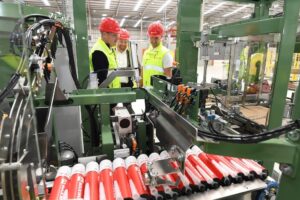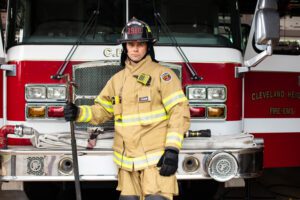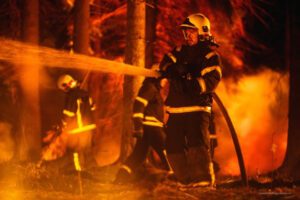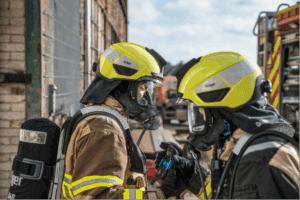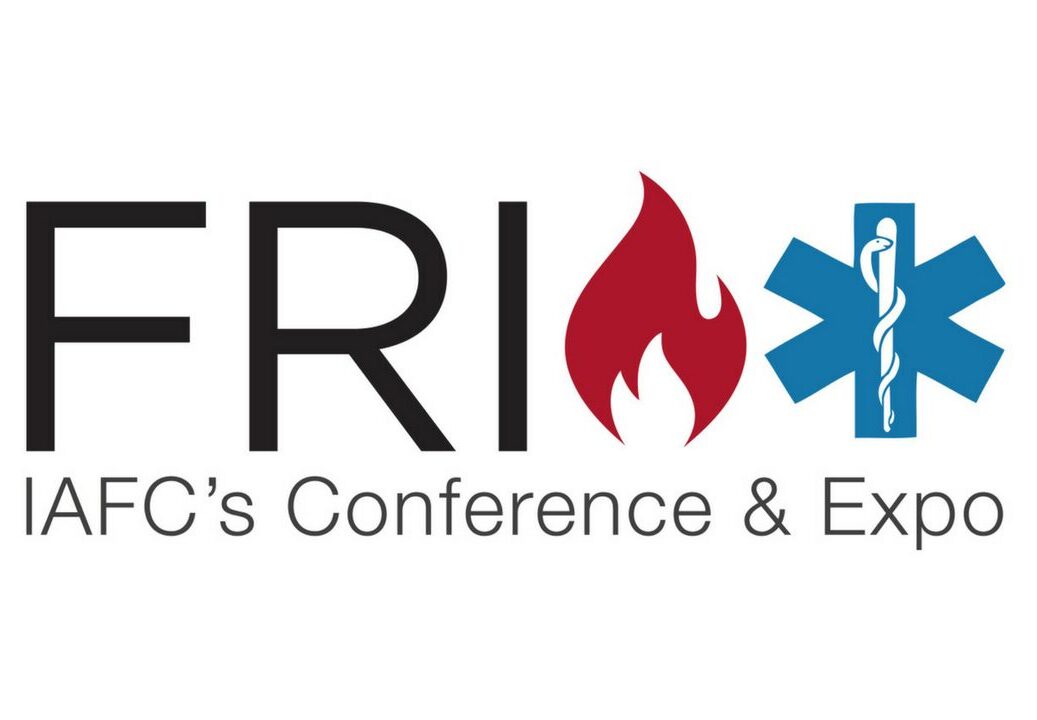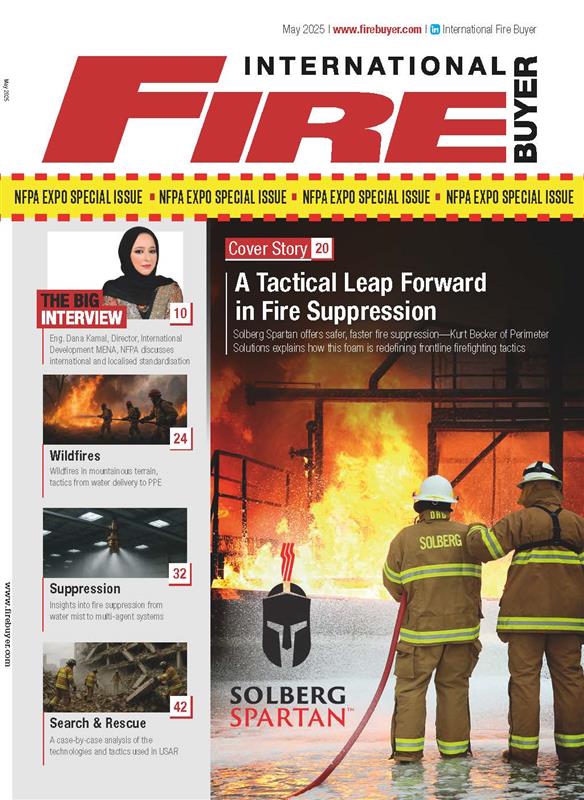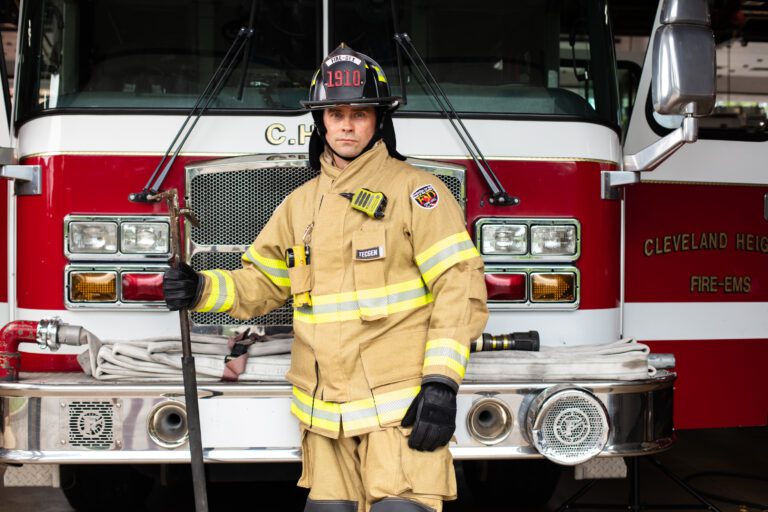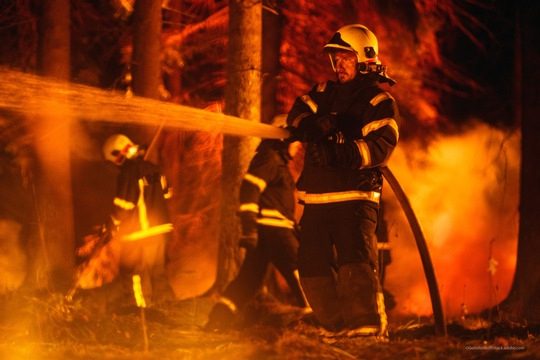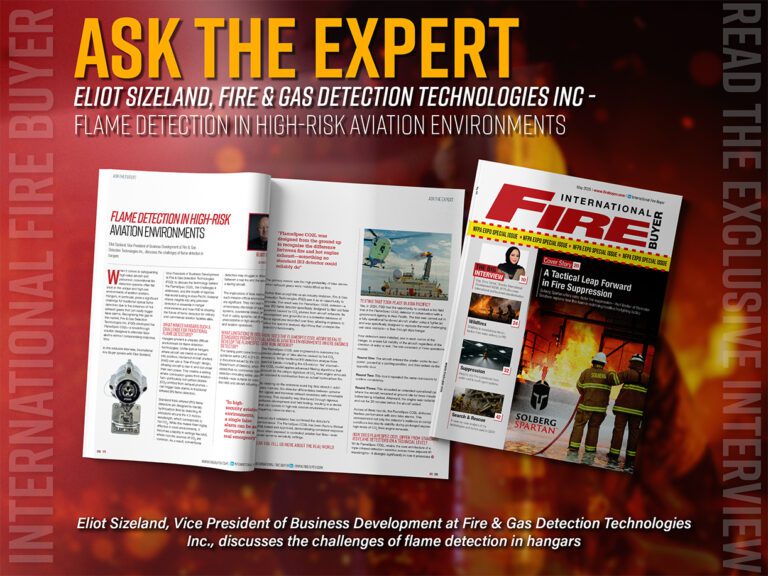Exploring the latest advancements in aerial firefighting technologies and tactics, enhancing wildfire suppression with innovative tools and strategic deployment with Hannah Larvin of Fire Buyer
Aerial firefighting plays a crucial role in combating wildfires, providing a critical advantage in controlling and extinguishing large-scale fires. The ability to deploy resources quickly and target areas inaccessible to ground crews makes aerial firefighting an indispensable part of wildfire management. The tools and technologies used in this field are specifically designed to operate under extreme conditions, offering a combination of speed, precision, and efficiency that is unmatched by ground operations alone.
The aircraft used in aerial firefighting, ranging from helicopters to fixed-wing planes and drones, each offer unique capabilities tailored to different aspects of wildfire suppression. Helicopters, for instance, are highly versatile and can perform precision water drops on specific hotspots, often using buckets that can be refilled from nearby water sources. Their ability to hover and maneuver in tight spaces makes them ideal for tackling fires in rugged and mountainous terrains.
Fixed-wing aircraft, on the other hand, are valued for their speed and capacity. Large airtankers, such as the Lockheed C-130 Hercules or the Boeing 747 Supertanker, can carry and deploy thousands of gallons of water or fire retardant in a single pass, covering extensive fire lines rapidly and effectively. These aircraft are equipped with sophisticated guidance systems to ensure that drops are accurate and that the payload is delivered exactly where it is needed.
Drones have emerged as a vital tool for monitoring and mapping wildfires, providing real-time data that is critical for effective decision-making. Equipped with infrared cameras and sensors, drones can detect hotspots and track the movement of the fire, offering a comprehensive view that guides the deployment of other firefighting resources.
The continuous development of these aerial firefighting technologies enhances the overall capability to manage wildfires, improving response times, and reducing the spread and impact of fires. By understanding and leveraging the strengths of various aerial platforms, firefighting teams can implement more strategic and effective wildfire suppression efforts, ultimately protecting lives, property, and natural landscapes from the devastating effects of wildfires…
See our last issue here.
Never miss a story… Follow us on:
International Fire Buyer
@Firebuyer
Fire Buyer
Media Contact
Rebecca Spayne Managing Editor, International Fire Buyer
Tel: +44 (0) 1622 823 920
Email: [email protected]

